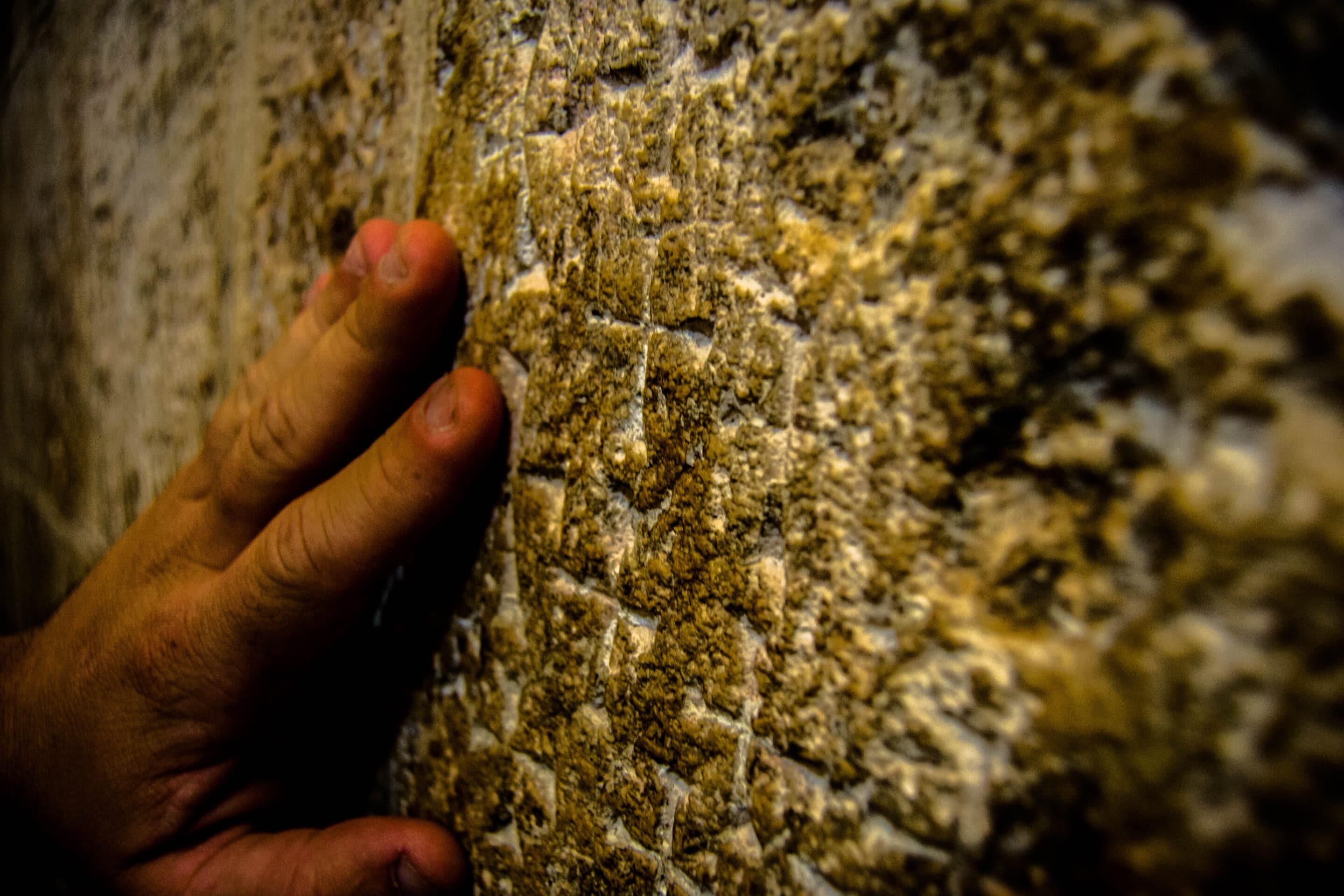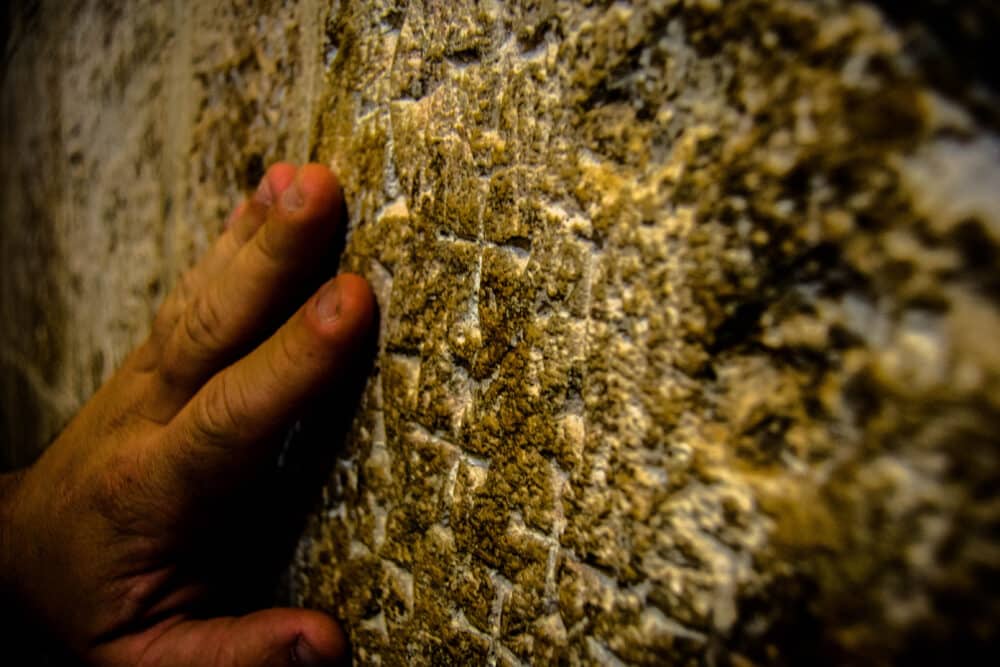
Preserving the Holy Sepulchre
Imagine a place where faith is inextricably intertwined with history, where stones speak of events that have shaped the course of humanity. This place is the Basilica of the Holy Sepulchre in Jerusalem: not just a building, but the tangible testimony of the most crucial moments in Christian history and Western civilization.

According to Christian tradition, here lie the final, fundamental sites of Jesus Christ’s earthly life: Golgotha, where he was crucified, and the Sepulchre where he was laid and from which he rose. Entering the Basilica is like traveling through centuries and civilizations: the air is thick with incense and whispered prayers in various languages. Witnessing the faithful kneel, kiss the stone, and anoint it with fragrant oils is a profoundly moving experience, a direct link to the sorrow and piety of that moment.
What makes the Holy Sepulchre even more fascinating is its complex administration, entrusted for centuries to various Christian denominations—Greek Orthodox, Armenian Catholics, Franciscans, Copts, Syriac Orthodox, and Ethiopians—under a delicate balance known as the “status quo.” This coexistence, sometimes challenging but centuries-old, reflects the richness and diversity of the universal Church: the Basilica is not just a collection of sacred sites but a living organism, layered with history, art, and spirituality. Every corner, every icon, every votive lamp tells an uninterrupted story.
This place also requires care, much like our other beneficiaries: at Pro Terra Sancta, we have long been involved in funding excavations and restorations that have transformed the Sepulchre into a living worksite, where the preservation of the cultural heritage this place represents is coupled with the training and employment of local labor. Indeed, the heart of our Conservation and Development projects lies here: making the protection of the Holy Land’s sites an opportunity for growth and employment for the place itself and its inhabitants, contributing to the social and economic stability of communities and promoting values of identity and belonging.
We do not aim to restore a museum but to bring a place back to life: a place that constitutes a beating heart as much religious as historical and cultural. And, since a heart needs a body to surround and keep it alive, protecting the place means safeguarding and helping all the communities that live there and keep it alive.
In this way, the story of the Holy Sepulchre becomes the story of Osama, the architect who began our commitment to the basilica’s conservation; it becomes the story of Bashar and the other restorers who have repaired the precious mosaics covering its floor. It becomes the story of all the specialists, workers, and even young students in training who have contributed to the life and “health” of this holy place, and also of all those who, through their generosity, have made this possible. Because protecting the Holy Places is the first necessary step to preserving memory and generating development in the countries where we operate.